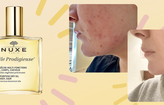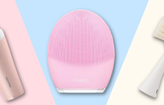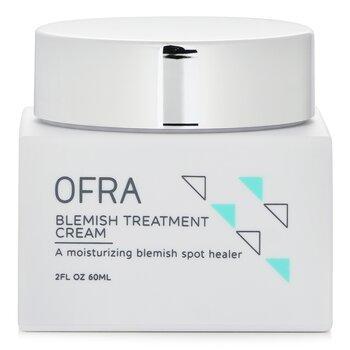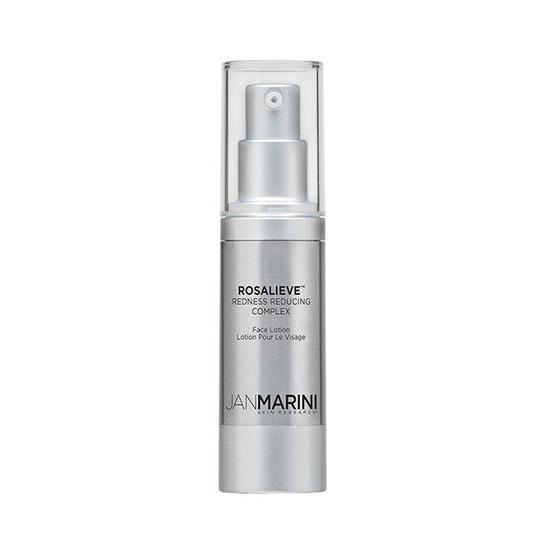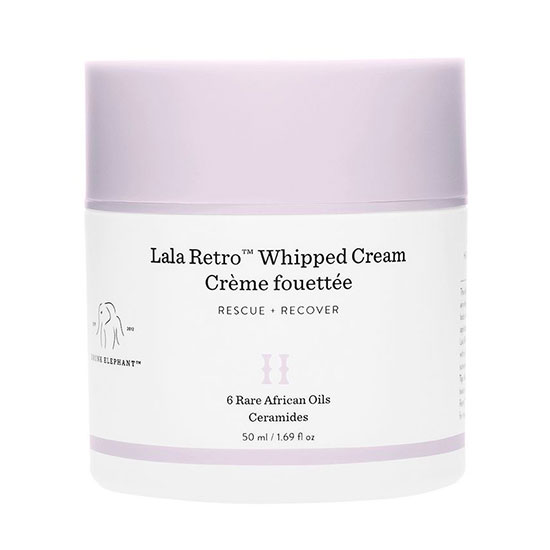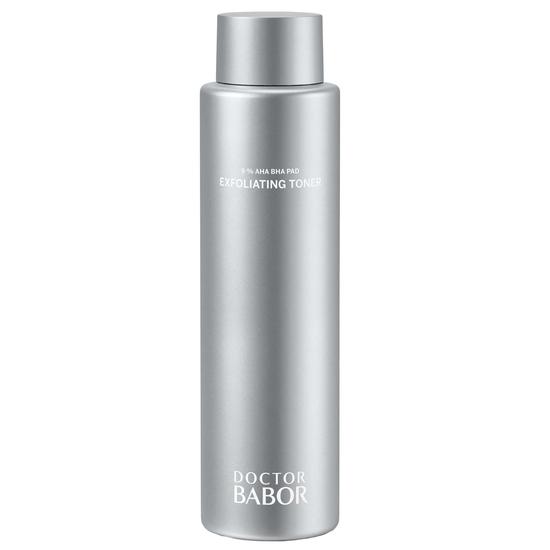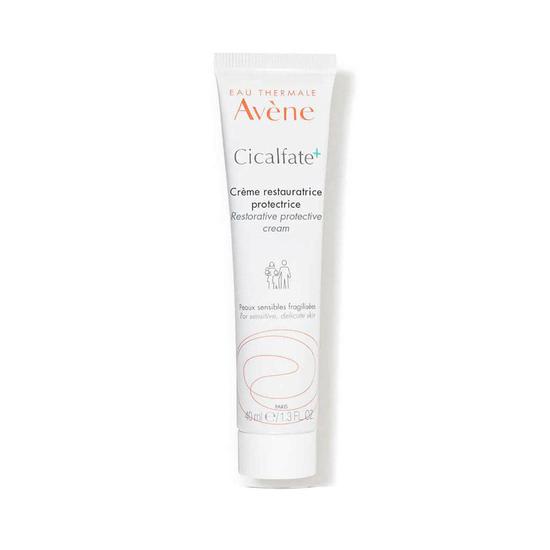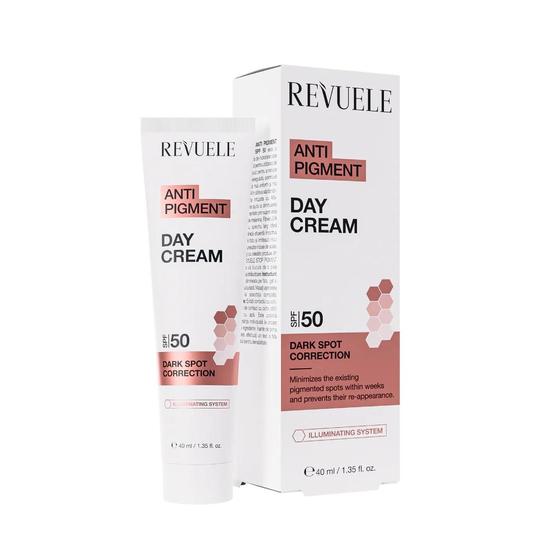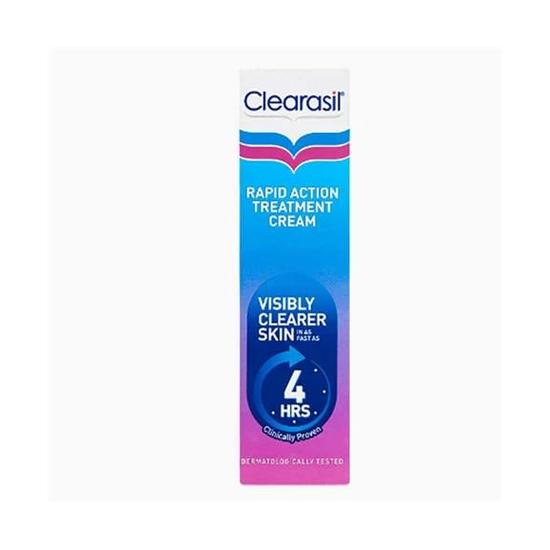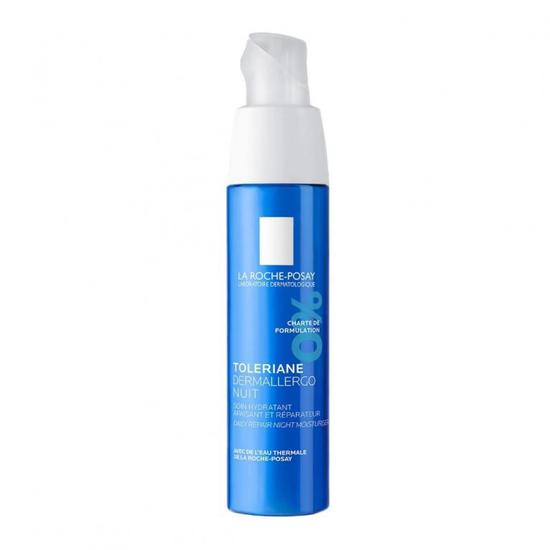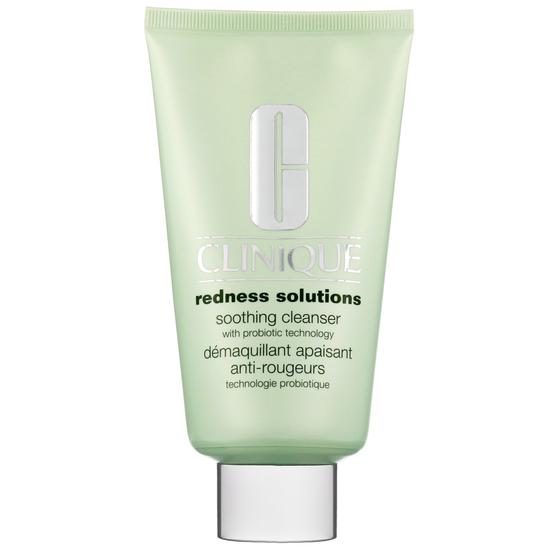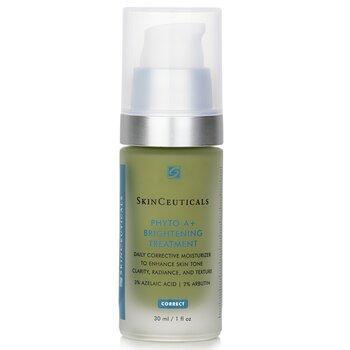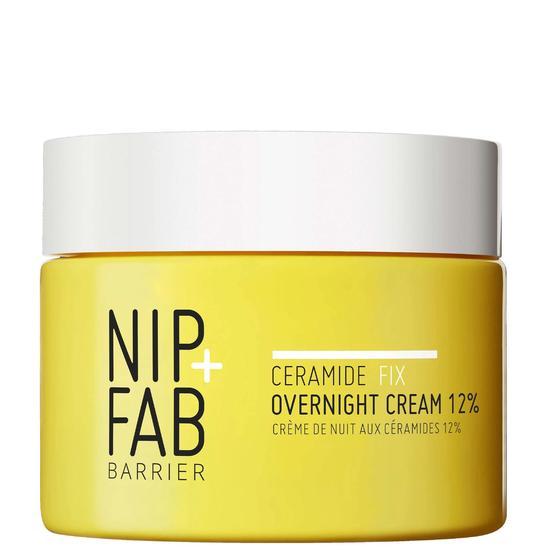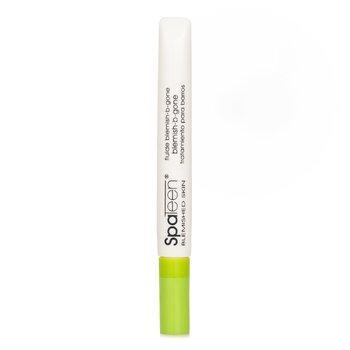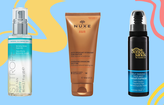
- Skin
- Benzoyl Peroxide Azelaic Acid
Can You Use Benzoyl Peroxide With Azelaic Acid?
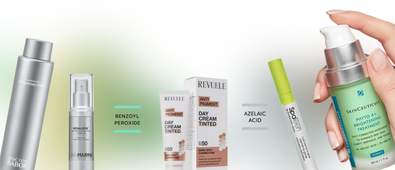
Benzoyl peroxide and azelaic acid are two dermatology-approved ingredients frequently used to treat acne. Benzoyl peroxide (BPO) is known for killing acne-causing bacteria and clearing active breakouts, while azelaic acid reduces inflammation, fades pigmentation, and unclogs pores—all with a gentler touch.
Can you use benzoyl peroxide with azelaic acid?
It’s possible—but not advisable to use them at the same time.
Used together, they can effectively tackle multiple causes of acne at once. However, both are active ingredients that can be drying or irritating on their own. The combination of benzoyl peroxide (BPO) and azelaic acid isn't inherently unsafe or chemically incompatible, but it can be overly irritating for many skin types—especially when layered. Both ingredients can be drying, and their overlapping effects (e.g. antibacterial, anti-acne, mild exfoliation) can increase the risk of barrier disruption if not carefully spaced out.
The main concern isn’t chemical incompatibility (they don’t deactivate each other), but rather the compounded irritation they can cause when layered. BPO is drying and exfoliating; azelaic acid, while gentler, also has a keratolytic (helping to loosen and shed the outer layer of the skin) effect. Combined, they may strip your skin of moisture and weaken its barrier—especially if used too frequently or without adequate hydration.
Why this combo is tricky:
- Double exfoliation = double irritation
- Both are drying without built-in hydration
- More likely to cause peeling, flaking, or stinging if not used carefully
That said, some people with very resilient, oily skin or persistent acne may benefit from using them in rotation—but this should be done cautiously and often with guidance.
👉 Already know the benefits of each ingredient?
Jump To Routine
What does benzoyl peroxide do for your skin?
Benzoyl peroxide is a well-established acne treatment that works by delivering oxygen into the pores. This oxygen kills C. acnes bacteria, the culprit behind most breakouts. It also helps exfoliate dead skin cells and remove excess oil, making it a strong all-rounder for acne-prone skin.
Despite its effectiveness, BPO can be quite drying—especially when used in high concentrations or combined with other actives.
Key benefits of benzoyl peroxide:
- Kills acne-causing bacteria: One of the most effective topical antibacterials.
- Unclogs pores: Prevents congestion and breakouts.
- Reduces inflammatory acne: Particularly good for red, swollen spots.
- Decreases oiliness: Helps keep skin matte and fresh.
- Fast-acting: Often shows improvement within days of use.
Best for:
- Oily, acne-prone skin
- Mild to moderate acne
- Inflamed or cystic spots
- Chest, back, and body acne
Available in 2.5%, 5%, and 10% concentrations, benzoyl peroxide is commonly used in face washes, spot treatments, and gels.
What does azelaic acid do for your skin?
Azelaic acid is a lesser-known multitasker that gently treats acne, rosacea, and pigmentation. It has antimicrobial and anti-inflammatory properties, making it excellent for calming redness and post-acne marks.
Unlike benzoyl peroxide, azelaic acid doesn’t kill bacteria directly. Instead, it works to normalise skin cell turnover, reduce melanin production, and inhibit keratin buildup in the pores.
What makes it standout is its gentleness—azelaic acid is generally well tolerated and safe even during pregnancy.
Key benefits of azelaic acid:
- Soothes inflammation: Reduces redness and swelling in sensitive skin.
- Clears pores: Prevents future breakouts by minimising keratin build-up.
- Fades hyperpigmentation: Tackles melasma and post-acne marks.
- Improves tone and texture: Encourages a clearer, more even complexion.
- Safe for all skin tones: Helps fade pigment without causing light spots.
- Non-irritating: Excellent for sensitive or rosacea-prone skin.
Best for:
- Inflammatory acne and post-acne scarring
- Rosacea or red, reactive skin
- Melasma or uneven skin tone
- Those needing a gentle, long-term treatment
Commonly used in concentrations between 10% and 20%, azelaic acid is found in gels, creams and foam formulas.
Comparing Benzoyl Peroxide and Azelaic Acid Side-By-Side
| Benefit | Benzoyl Peroxide | Azelaic Acid |
|---|---|---|
| Primary Function | Kills acne-causing bacteria and helps clear existing breakouts | Reduces inflammation, clears pores, and fades pigmentation |
| Treats Acne & Blemishes | ✅ Very effective for inflammatory and cystic acne | ✅ Effective for mild-to-moderate acne and redness |
| Kills Bacteria | ✅ Oxygenates pores to eliminate acne bacteria | ⚠️ Mild antibacterial action |
| Reduces Redness & Inflammation | ⚠️ Can cause irritation before improvement | ✅ Strong anti-inflammatory benefits |
| Fades Hyperpigmentation | ❌ Not designed for pigmentation | ✅ Fades post-acne marks and melasma |
| Improves Skin Texture | ✅ Helps clear clogged pores for smoother skin | ✅ Refines and evens skin texture |
| Hydration & Barrier Support | ❌ Can dry or strip the skin if overused | ✅ Barrier-friendly and non-drying |
| Irritation Potential | ⚠️ High – may cause peeling or stinging | ✅ Gentle, with mild tingling possible |
| Suitable for Sensitive Skin | ⚠️ Use with caution – start with lower strengths | ✅ Well tolerated by most skin types |
| Best Time to Use | PM (or AM in a rinse-off cleanser) | AM or PM – great to use with hydrating serums |
How to safely combine Benzoyl Peroxide and Azelaic Acid
Option 1: Alternate them on different days (recommended for most)
This method reduces irritation and allows both ingredients to work effectively.
Example routine:
- Monday: Benzoyl peroxide (PM)
- Tuesday: Azelaic acid (AM or PM)
- Wednesday: Hydrating routine
- Thursday: Benzoyl peroxide
- Friday: Azelaic acid
- Weekend: Barrier-supportive moisturisers only
This method works well for all skin types, especially sensitive or dry-prone skin.
Option 2: Split AM/PM use (dry and sensitive skin, proceed with caution)
If your skin is already comfortable with both ingredients, you can use one in the morning and one at night.
- AM: Azelaic acid → Moisturiser → SPF
- PM: Benzoyl peroxide → Moisturiser
This helps minimise overlap and gives each product time to work without competing on the skin.
A.M.
P.M.
Option 3: Use together in the same routine (advanced users only)
If you have resilient, oily skin and are using lower concentrations:
- Cleanse your face.
- Apply azelaic acid (wait 5–10 mins).
- Appy a hydrating moisturiser.
- Follow with a targeted benzoyl peroxide treatment (on affected areas only).
Monitor closely for signs of irritation. Limit this to a few times a week.
Tips to avoid irritation
- Use a gentle, non-stripping cleanser before applying either ingredient.
- Always moisturise: Choose one with ceramides or squalane to buffer irritation.
- Avoid additional exfoliants: Don’t combine with AHAs, BHAs, or retinoids in the same routine.
- Introduce one product at a time: Start with 1–3 applications per week.
Use SPF daily: Both ingredients increase sun sensitivity, and azelaic acid helps treat sun spots.
FAQs
Can I use benzoyl peroxide and azelaic acid in the same routine?
Proceed with caution - this is a drying and sensitising combo, so try only if your skin is well-adjusted and you're using lower concentrations. Start by alternating or spacing them out to reduce risk of irritation.
Which should I apply first—azelaic acid or benzoyl peroxide?
If layering, apply benzoyl peroxide first (since it needs direct contact to work) and follow with azelaic acid. But spacing them out is usually safer.
Will this combo help with acne scars and redness?
Yes—BPO clears breakouts, while azelaic acid reduces inflammation and fades residual marks, leading to clearer, more even-toned skin over time.
Is this combination too harsh for sensitive skin?
It can be, especially when starting out. Try using azelaic acid daily and introducing BPO just 1–2 times per week at first.
This is a heavy-hitting combo: for those of you looking to reap the benefits of azelaic acid with a hydrating routine, head to our blog post Can You Use Hyaluronic Acid With Azelaic Acid?
Likewise, if benzoyl peroxide is the active you're after, it's another great one to pair with HA to prevent drying out. We've got you covered with our blog, Can You Use Hyaluronic Acid With Benzoyl Peroxide?

Written by Maria Mukaranda
Maria’s background is rooted primarily in creative media and a love for all things written, expressed through experience both online and in print; for creative platforms spanning from music to fashion to beauty.
Top Posts

